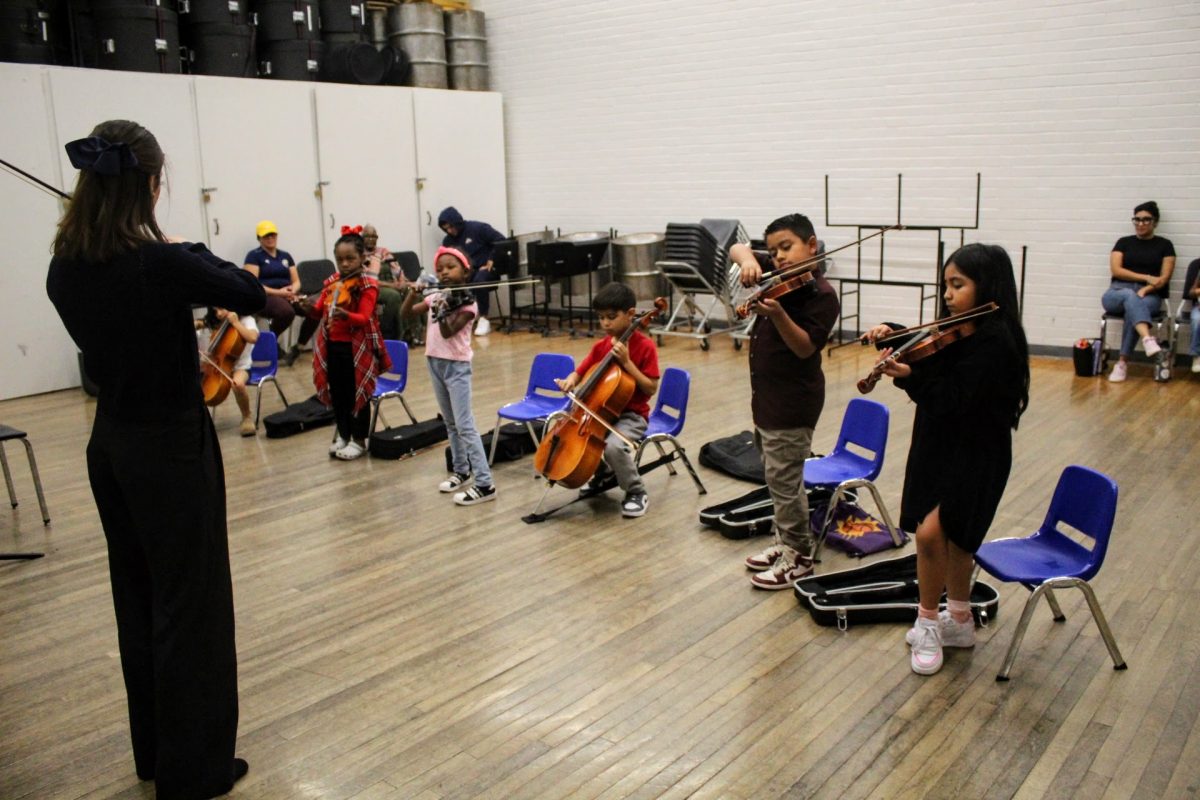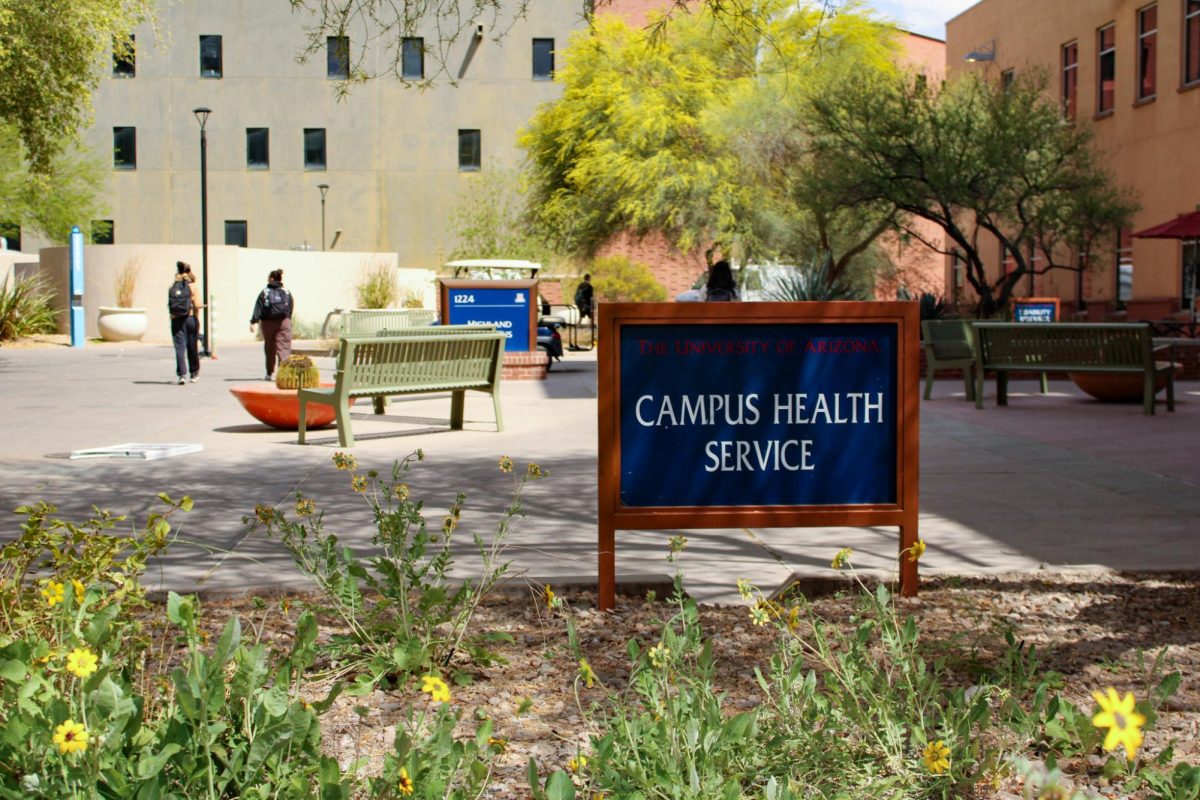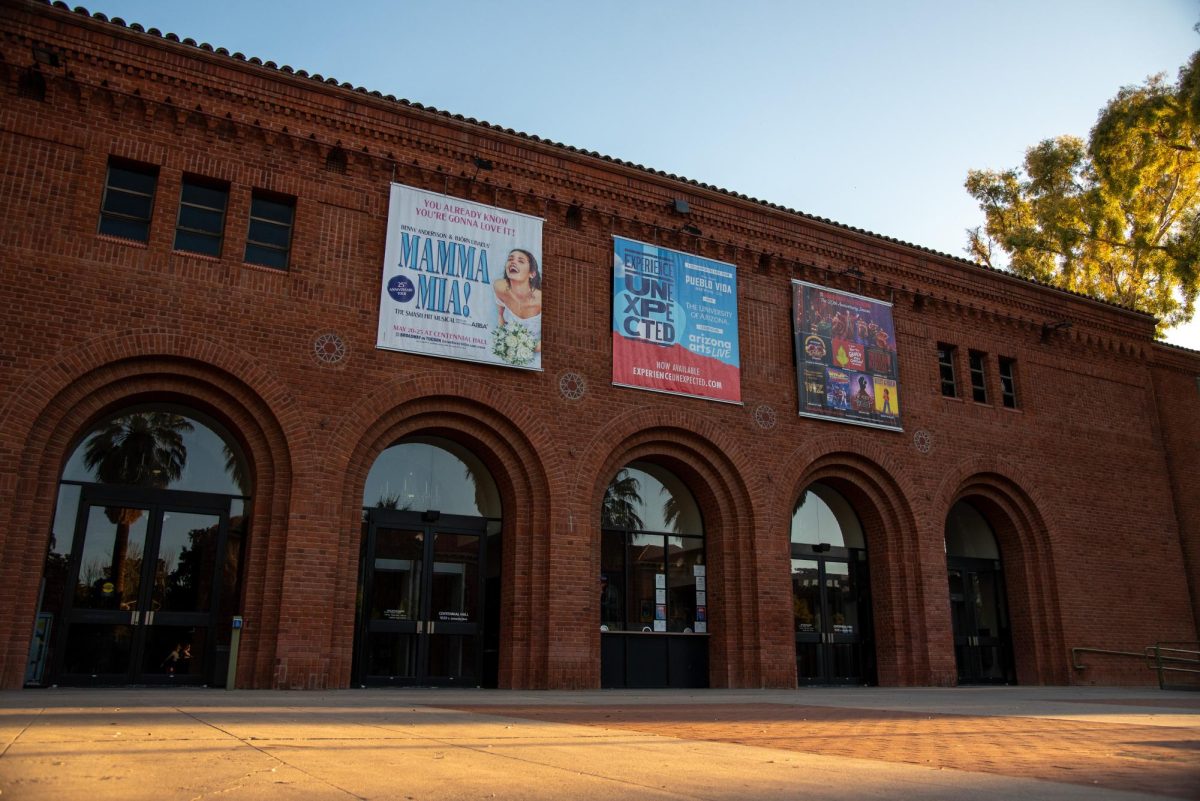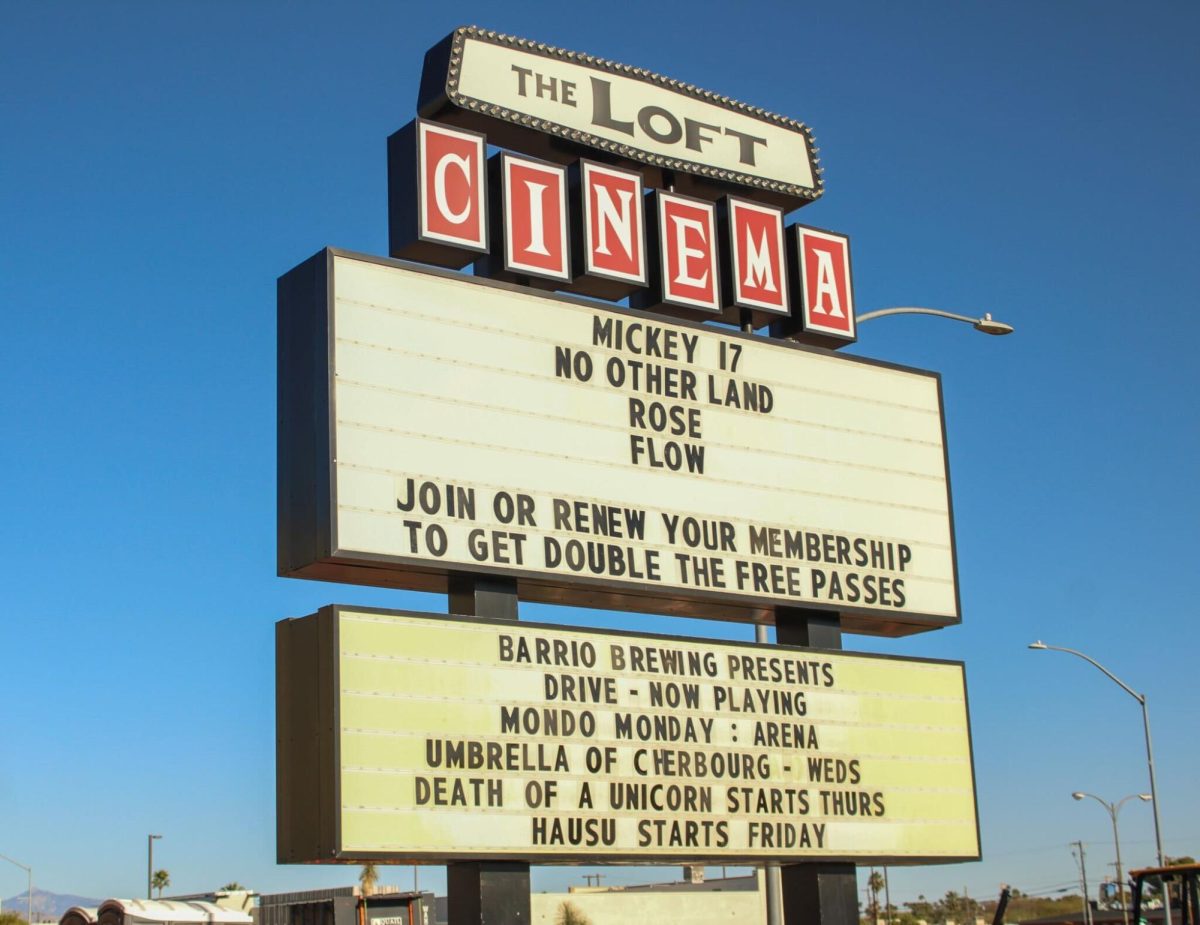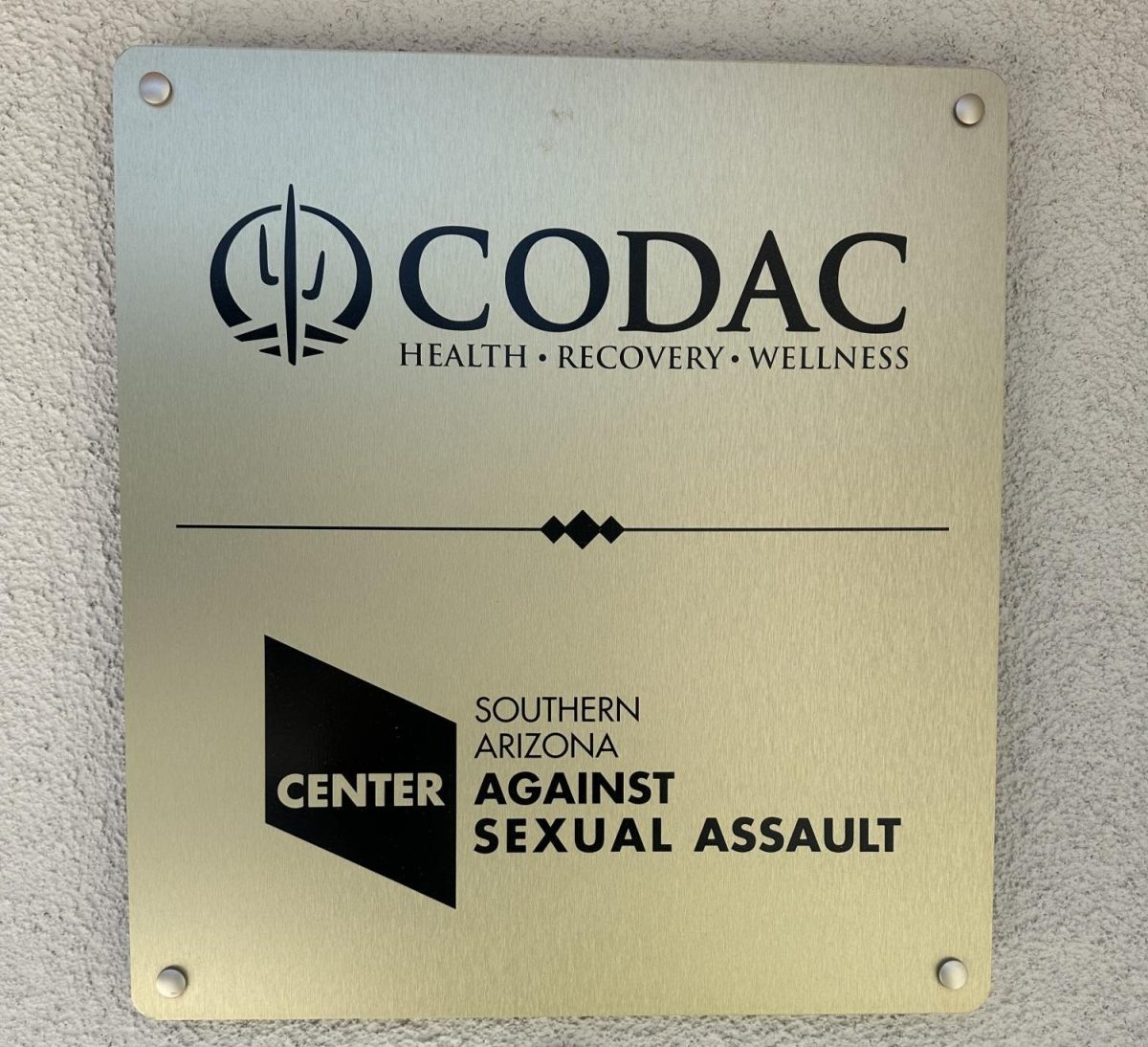The University of Arizona String Project holds a special place in many people’s hearts, providing an avenue for young musicians to learn from future string teachers who are developing their own teaching skills.
For Theodore Buchholz, the project has been a huge part of his life for the past 10 years. An assistant professor within the UA School of Music, a cello teacher, string chamber music coordinator and the director of the String Project, Buchholz founded the program in 2015. After years of dedication to the program and its students and teachers, Buchholz will be stepping down as the director following the String Project’s final events on Saturday, Dec. 14 and Sunday, Dec. 15. Many university students under his guidance have used the program to develop their teaching careers and find their own footing in the professional world.
Buchholz’s role has been one that involves one-on-one mentoring; he meets with each student teacher to design the curriculum for the students and oversees the progress of their teaching. This has been a huge task; every teacher has six to 10 students and because every student is different, the teachers have to shape their instruction based on who the group of students are or who the individual student is, Buchholz said.
Regardless of any challenges brought on by the large-scale position, the experience has been deeply worthwhile for him.
“I love my official role at the university and it has been a great joy watching those university cellists go out into the world as a performer or as teachers to earn their jobs or be involved in the community through their profession,” Buchholz said. “Working in the String Project really has been one of the most meaningful experiences of my life and I’m quite proud of what we’ve all built together.”
Buchholz founded the program at the UA after noticing a lack of string education in public schools. According to Buchholz, the project began with just six teachers who were UA students paid to teach group classes to around 50 kindergarten students at the time.
“My goal at that point was that I wanted younger students to get experience learning an instrument,” Buchholz said. “I wanted to reach out to schools, areas and neighborhoods that might not have exposure to string music education and a lot of that was trying to target students who it would not be financially possible for them to take lessons.”
Thanks to Buchholz, the String Project has grown significantly since its founding, with now almost 100 K-12 students who receive a 30 minute private lesson each week. The core of the program remains, where students still have group classes as they are “an incredibly important part of the social education,” Buchholz said. Buchholz emphasized the importance of one-one-contact and said it makes a world of difference when learning a string instrument.
Other members of the Tucson community have helped make the String Project’s success possible alongside Buchholz.
“Part of what makes the private lessons possible is there’s an incredible donor in the community named Julie Gibson, who created an endowment and we’ve been using that endowment to fund or subsidize the private lessons,” Buchholz said. “It’s costly but it’s worth it.”
Kelsey Nussbaum, assistant professor of music education at the UA and String Project teacher and co-director, will take over Buchholz’s role after his departure. The two had known each other through professional networks prior to Nussbaum’s move to Arizona. Buchholz was aware of her lifetime of experience working with String Projects across the country so he “immediately got me involved in helping with the String Project,” Nussbaum said.
According to Nussbaum, the pair balance each other out in a beneficial way that has set her up for success once she takes over the role.
“He’s very organized and disciplined with the administrative side of things and that’s always my least favorite part to do,” Nussbaum said. “It’s helpful to see all of the logistical and organizational and administrative elements that he’s laid the groundwork for.”
Nussbaum has been affiliated with a String Project since her freshman year of college and her dedication to the national program is just one of the many valuable aspects she will bring to the UA String Project as its future director, she said.
“I think one thing people hear about String Projects and don’t realize is how tied in it is to this bigger network and this bigger mission,” Nussbaum said. “It’s really part of a rich tradition of this very direct opportunity for mentorship and training of future music teachers. It’s important to me to instill that value into it going forward.”
Nussbaum plans to keep the core of the program the same but envisions creating an outreach program where the UA String Project could partner with other schools or school districts for off-campus programming to help with issues of accessibility for students trying to come to campus.
“Something where we’re able to go into public schools and do additional after school programming for kids in public schools who are really wanting to grow their string playing skills but don’t have the money or the transportation to do either our program or more expensive youth orchestra programs,” Nussbaum said.
Buchholz does not have any worry when it comes to Nussbaum’s takeover and says it has been very enjoyable working with her on the String Project since inviting her to the program.
“It has been a joy watching her grow and helping her so that she can take the reins of the program starting in January,” Buchholz said.
Buchholz has been an integral part of the String Project and his dedication has not gone unnoticed by other faculty members within the School of Music, even those who did not work directly alongside him in the String Project.
“It is a big investment of time and energy to run a program like String Project, and I thank Ted for taking on this important work,” said Philip Alejo, associate professor of music at the UA.
While the String Project has thrived under Buchholz’s direction, the program is one that has equally benefited him.
“It’s one of my greatest joys coming in on Saturday mornings and seeing these young kids in the music building,” Buchholz said. “They have such a sense of life and energy and I just love it. I don’t have children myself but to me the interactions with these young children feels very special.”
Children under Buchholz’s mentorship have gone on to teach in public schools in Arizona, as well as across the country. In addition to this, some of his best accomplishments include the success of students who have grown up alongside the UA String Project. A cellist in the program who joined back in 2015 when she was 7 years old has stayed with the project and is now a 17-year-old high school senior. She has taken on a role in the program where she is not only a student but also a mentor to the younger classes.
“My hope is that she will hopefully come to the university as a music education student when she graduates because I think she’d make a fantastic teacher,” Buchholz said.
Buchholz’s departure from the String Project is bittersweet for him but he is anticipating even more success to come.
More information can be found on the String Project website or on the School of Music page.



